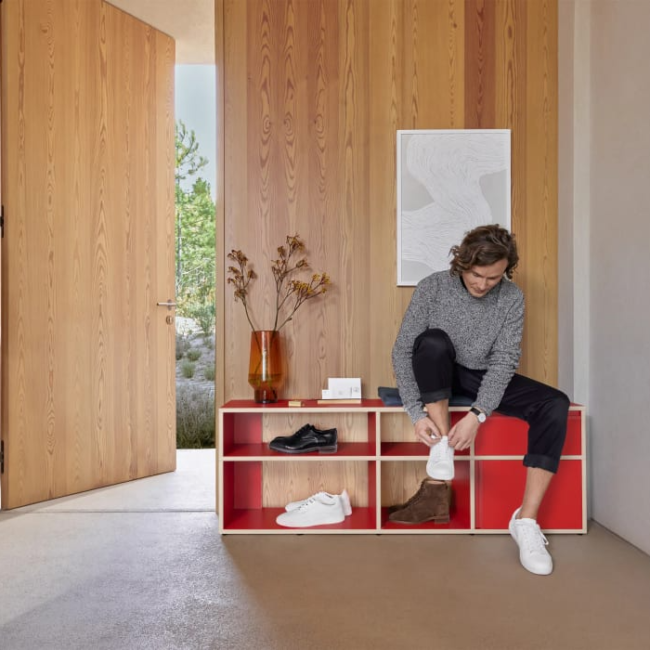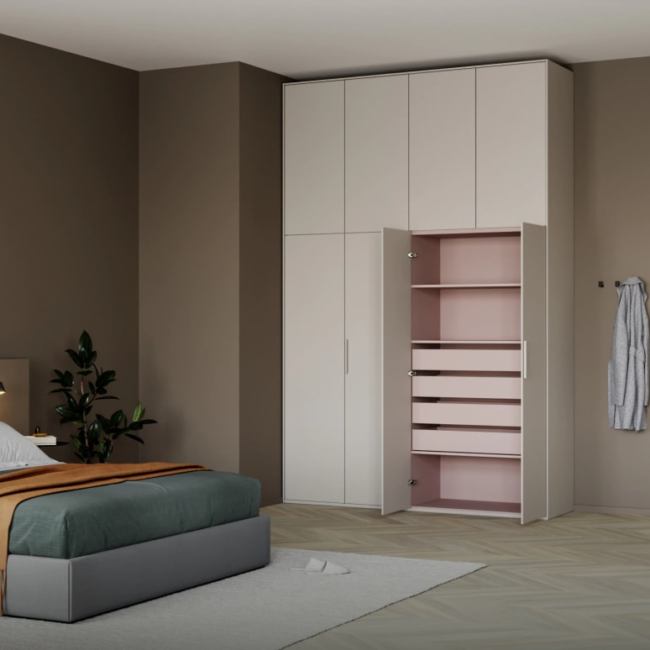April 06, 2021
The Principles of Sustainable Interior Design
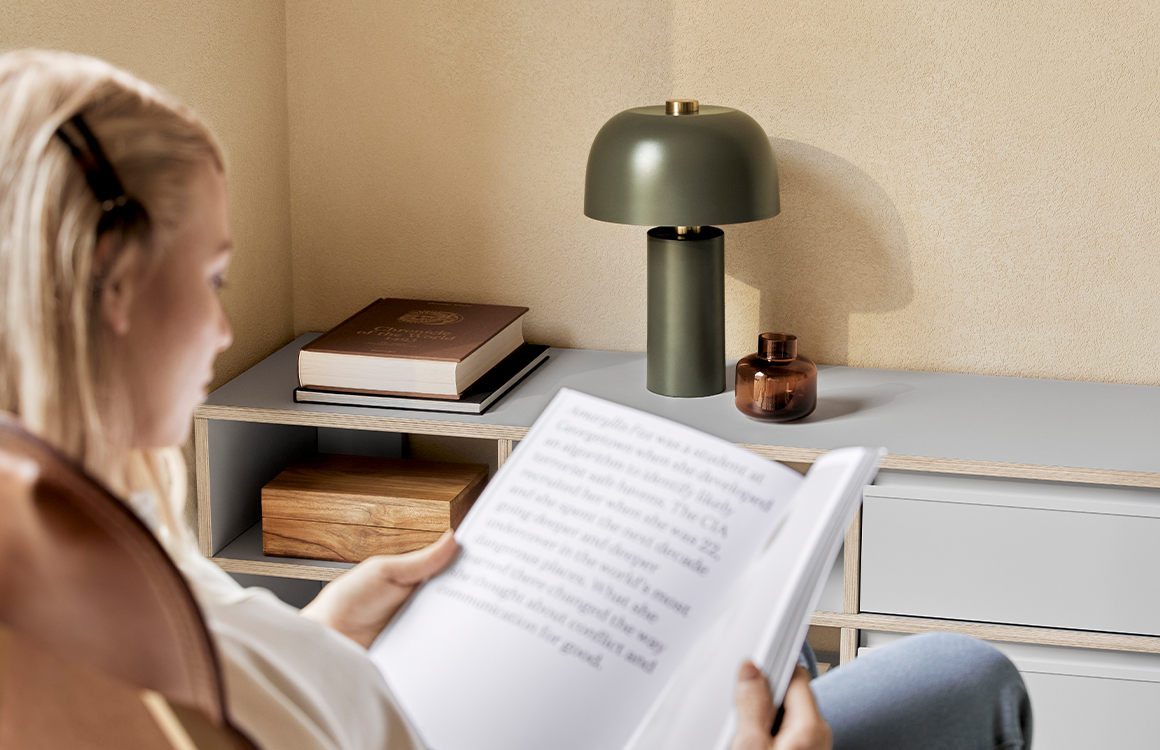
Sustainable interior design reduces our impact on the environment. It cuts waste, conserves resources and protects the planet for us and future generations. Sustainability should be at the very top of the agenda, not an add-on but firmly at the heart of our interiors. Whether you live or work in an eco-friendly building or not, you can still enjoy the benefits of green interior design by following these five principles.
Principle 1: Be Energy Efficient
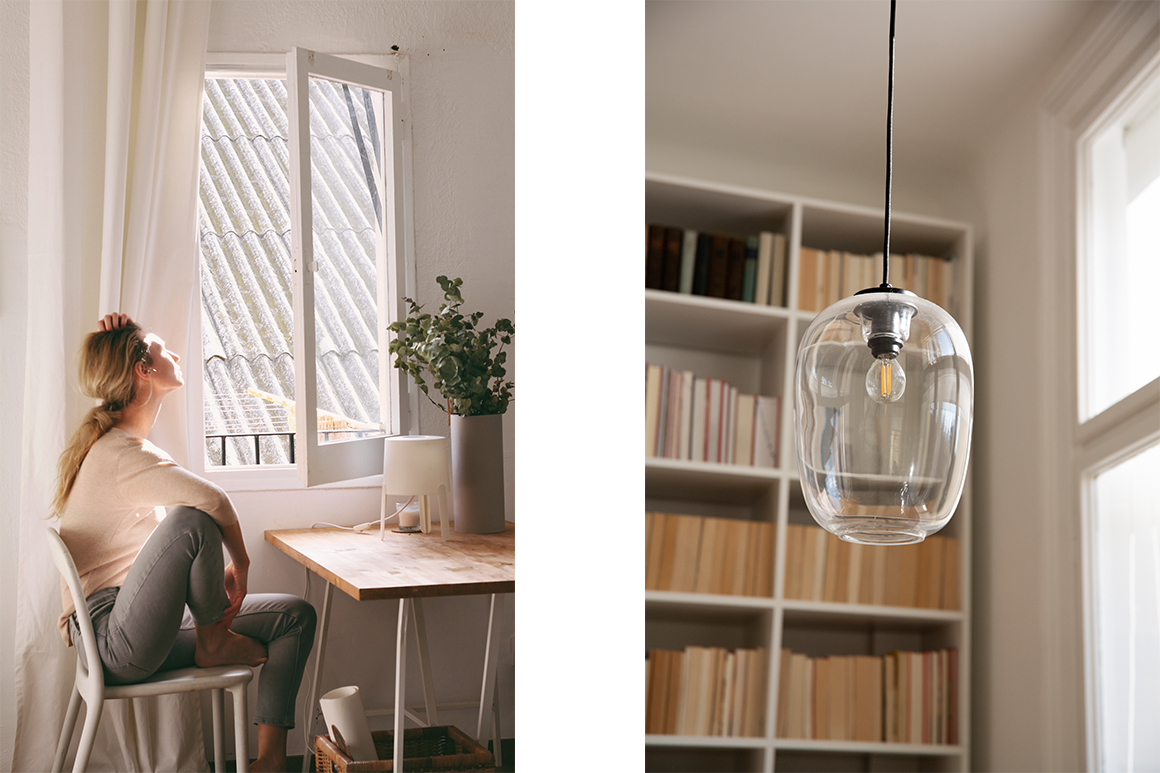
Energy consumption is one of the major factors in climate change and buildings consume a lot of it. Heating, air-conditioning and lighting are the major culprits and reducing the impact of these is one principle of sustainable interior design.
Windows and doors need to have good insulation and be dressed with energy-efficient curtains and blinds. These keep cold air out in winter and hot air out in summer. While the trend in recent years has been for wood flooring, carpets are making a comeback as they’re excellent thermal insulators, helping to retain up to 10% of a room’s heat.
Light colours for decor and furniture along with mirrors and shiny surfaces reflect light. This reduces the amount of artificial light needed and makes a considerable impact on the energy consumed by daytime lighting.
Eco-friendly interior design also involves the use of green technology. Heating can be controlled remotely and turned on exactly when and where it’s needed, while gadgets can sense when a room is empty and turn off the lights. Not forgetting, of course, any bulbs you use must be as energy-efficient as possible.
Principle 2: Reduce the Environmental Impact
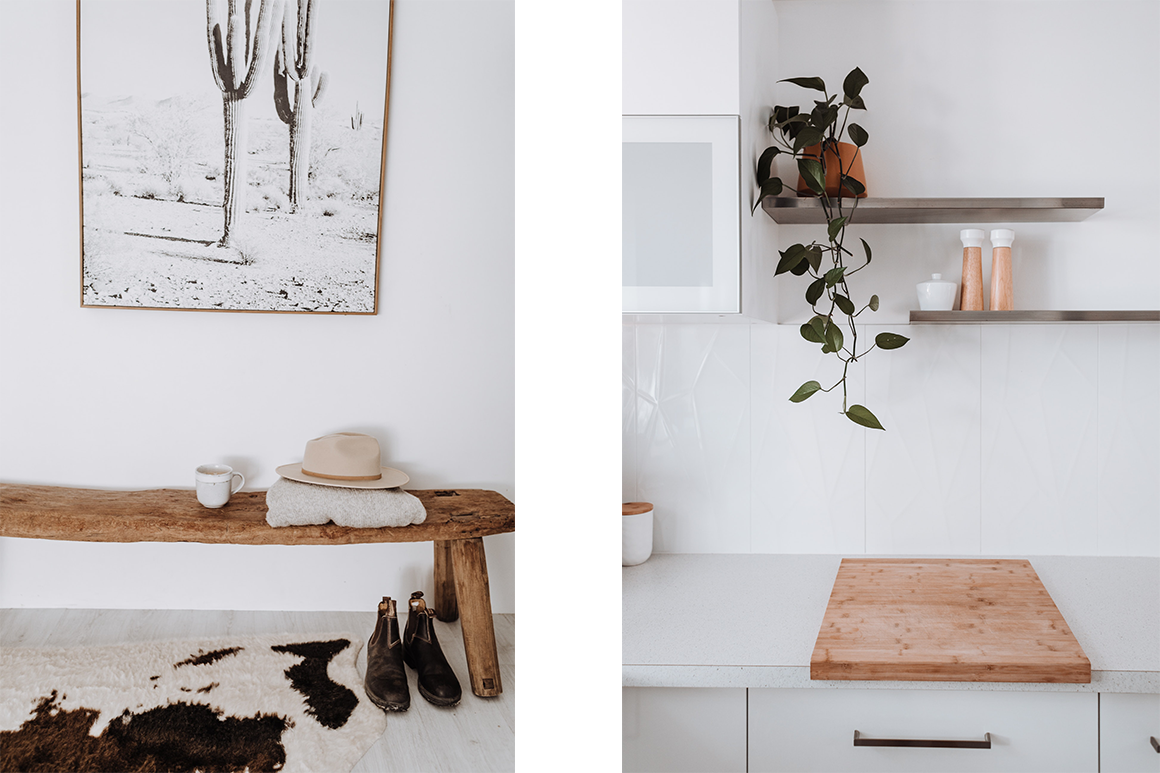
After considering your heating and lighting, there are other ways to reduce the environmental impact of interior design.
Use organic materials such as wood and stone for furniture, features and flooring – they look good, conserve heat and their processing doesn’t involve high energy usage or toxic waste. Bamboo is fast-growing and easily replanted and is an excellent example of a renewable material that can be turned into good-looking sustainable furniture.
Using soft furnishings with a clever touch turns a room into a cosy and stylish living space. Choose curtains and cushions made from chemical-free organic cotton while throws and rugs crafted from locally-produced wool are natural and good-looking choices.
Very often, the furniture and furnishings we see in local stores or online have to travel across the world to reach your living or office space. Why not reduce the environmental impact of your interior design even further by buying eco-friendly furniture and soft furnishings from local or regional suppliers?
Principle 3: Reduce Waste
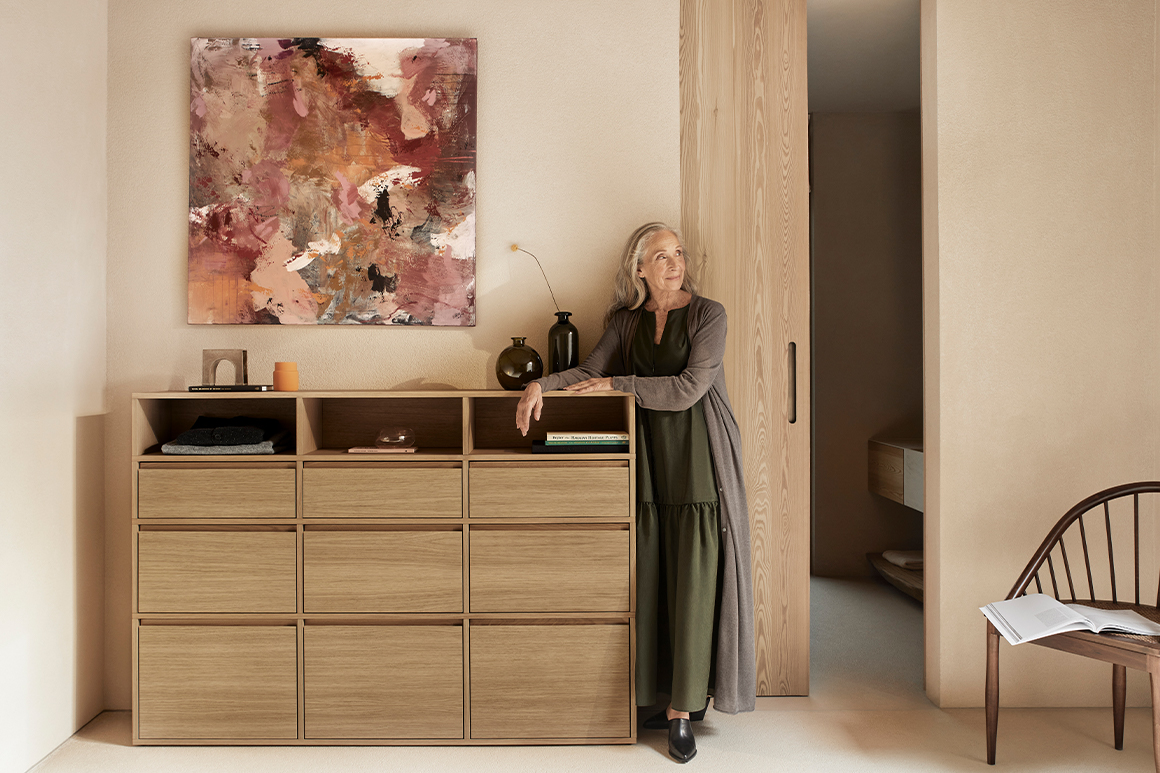
By following the principles of sustainable design, you’re going to be reducing the amount of waste you create. Instead of following the latest trends, buy pieces of environmentally-friendly furniture that you love enough to live with for the foreseeable future. Even better if the furniture is made from recycled materials such as cardboard or innovative materials such as cork and concrete.
Furniture designers are doing amazing things with these eco-friendly products such as office furniture made from folded cardboard or flooring and beds made from cork. Upcycling is another way of reducing landfill waste – instead of discarding something because it’s old-fashioned, think creatively and give it a new purpose.
To find out more read Material Focus: A Guide to Eco-Friendly Furniture Materials.
Principle 4: Think Long Term
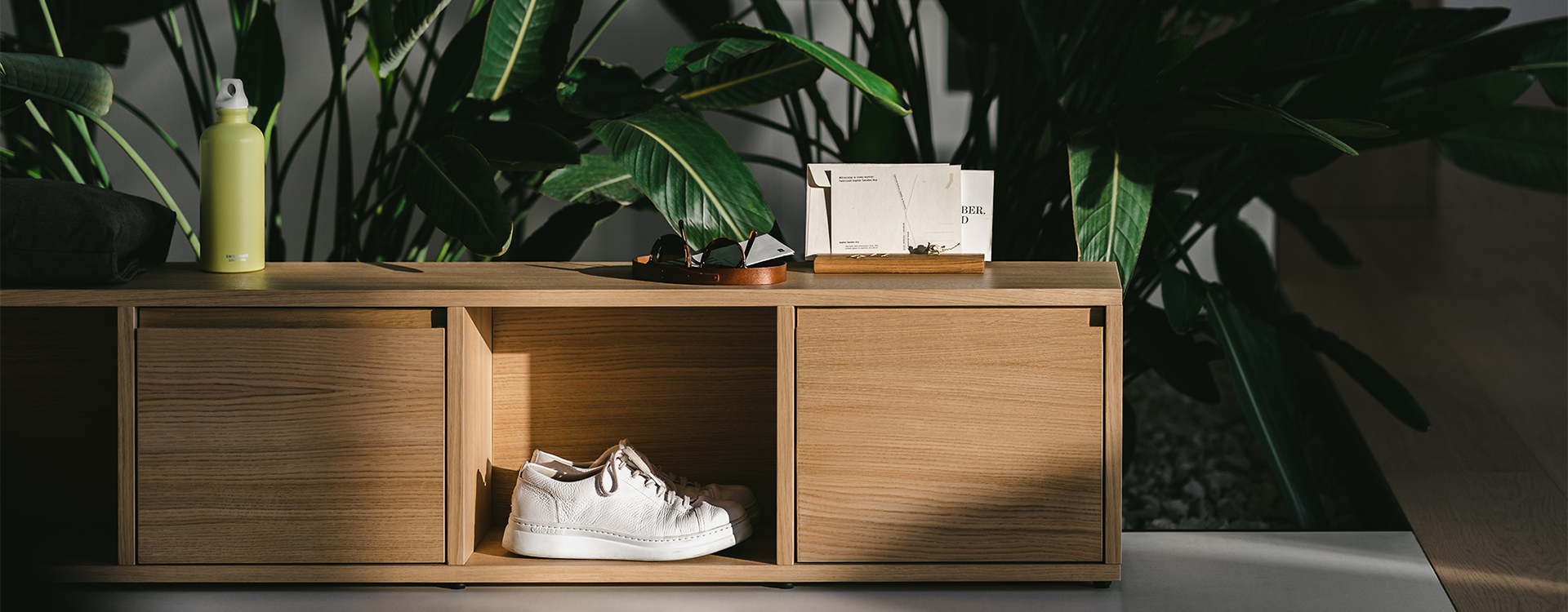
Durability goes hand in hand with waste reduction when considering sustainable design. Elements that experience heavy wear and tear – such as flooring – should have a long lifespan while sustainable furniture should be able to stand up to the rigours of family or business life. Durable pieces won’t necessarily be trendy, but they will be high-quality, functional and timeless.
Our needs, families and workforce change – they grow and shrink, and sustainable interior design should reflect this. Spaces and furniture need to be innovative, the customisable storage systems created by Tylko are a great example of versatile design. Tailoring furniture to individual needs ensures that it will stand the test of time, remaining useful and practical throughout the years.
Principle 5: Create a Healthy Environment
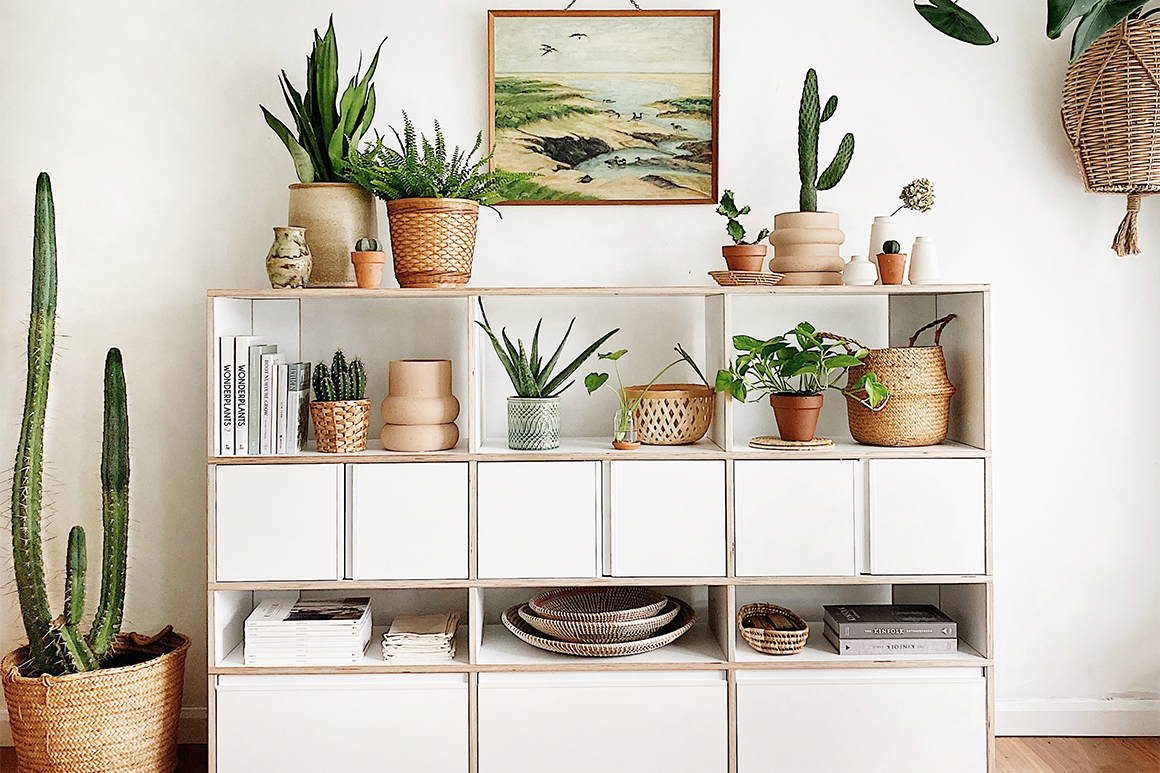
Much of our lives are spent indoors so making sure this environment is healthy is an important factor in sustainable interior design. It’s so important that rather than be a principle on its own, it should be closely interwoven with all our eco efforts.
To create a healthy environment you need clean air, efficient heating (or air-conditioning), good lighting and good acoustics. While you might not associate pollution with your home or office interior, you will be surprised to discover just how toxic some materials can be. Avoid this by choosing furniture made from materials that are low in VOC (volatile organic compounds) emissions.
Plants act as natural air filters but you may be surprised to learn that carpets do as well. They trap dust particles, holding them until they’re removed. Choose a vacuum with a HEPA filter so these particles aren’t released back into the air as you clean.
Whether working at your computer or reading a book, good lighting is important. Without it, you’ll end up with tired eyes and a headache. Use reflective surfaces to increase natural light and angle table or desk lamps to diffuse onto your work or reading surface. Textured wallpapers or specially designed acoustic panels made of wood or wool, along with soft furnishings and rugs, help absorb sound vibrations, making your home or office comfortable on the ear especially when lots of activities are taking place.
As you can see, applying sustainable interior design is all about taking a holistic approach. By bringing together these five basic principles you’ll have an interior that protects both your health and the future of our planet. No compromise on style or substance needed.

